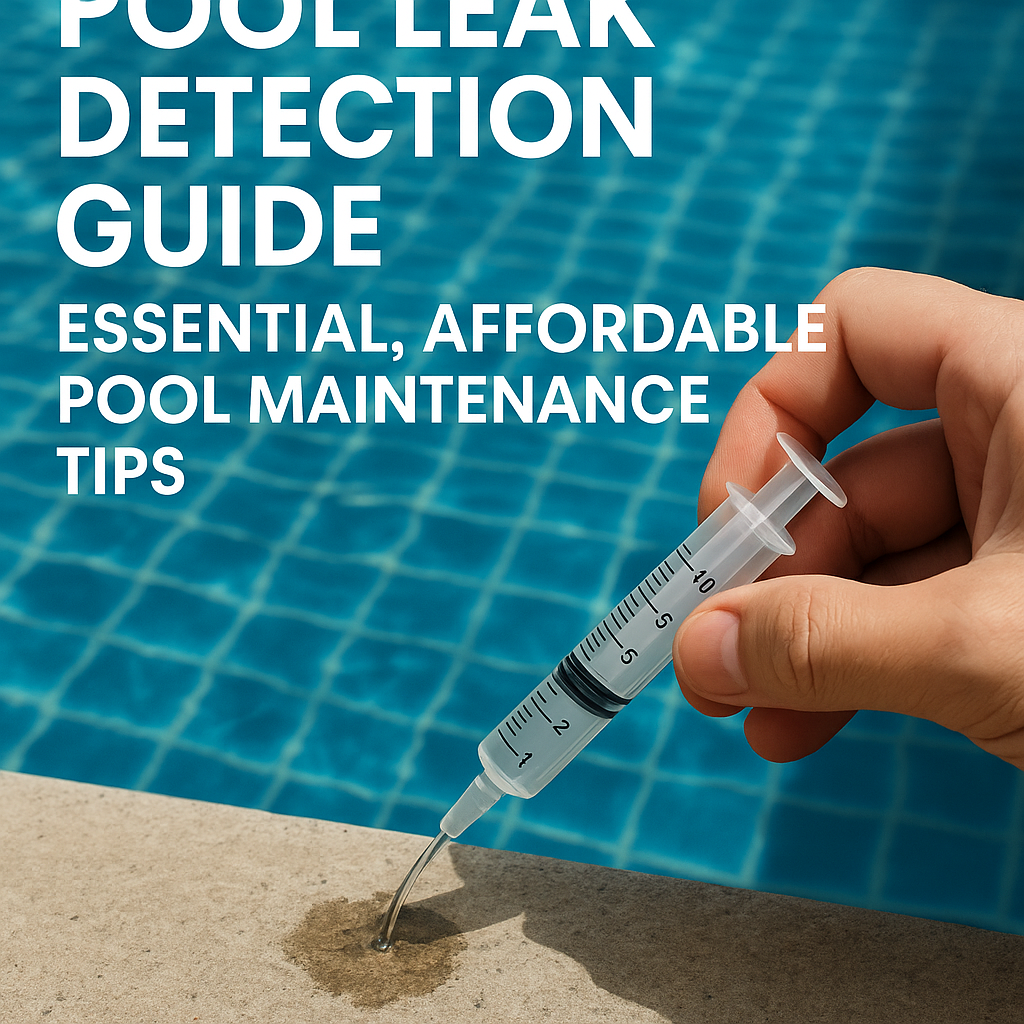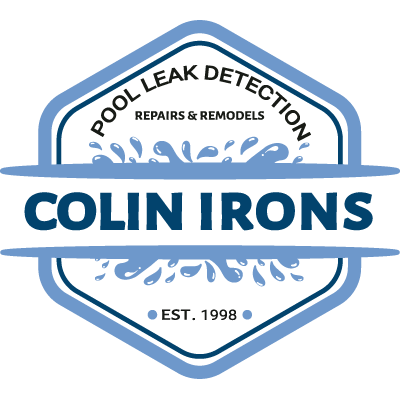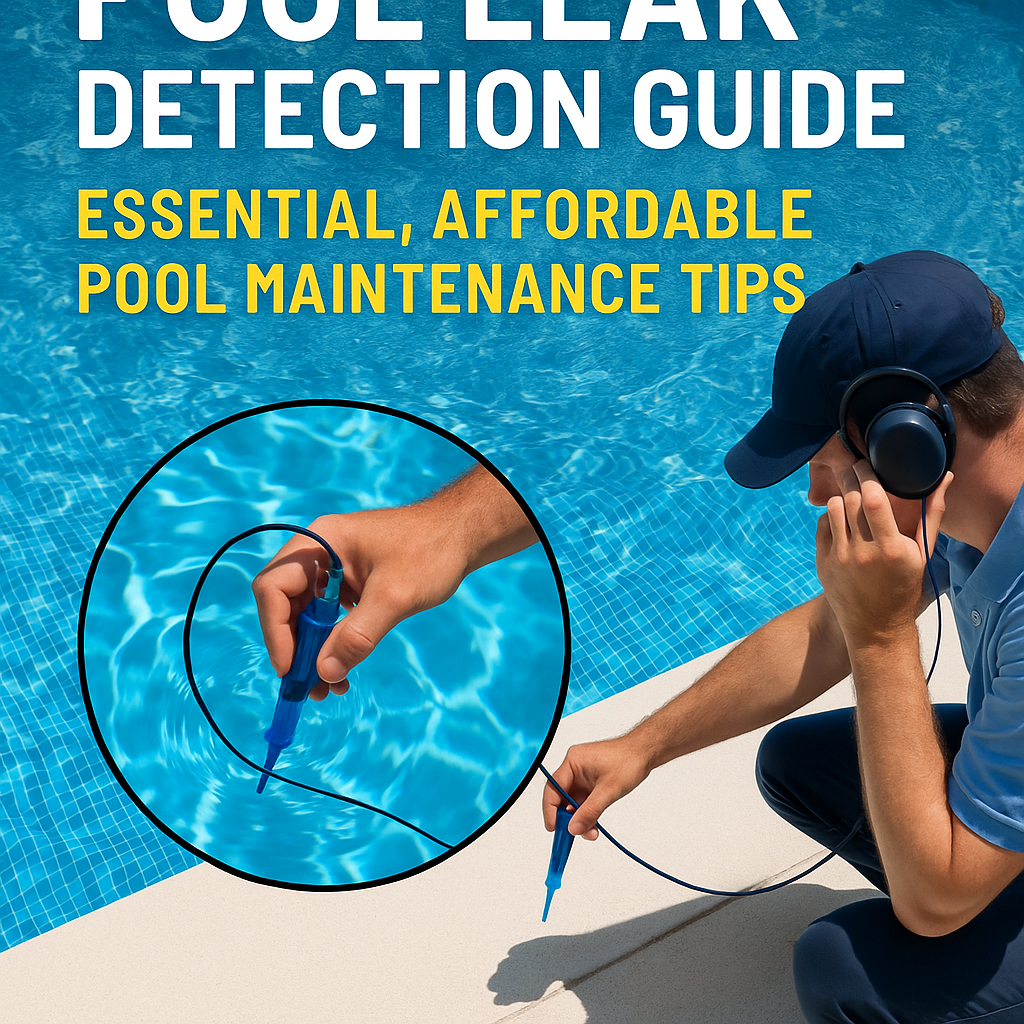Pool leak detection is a fundamental practice that every pool owner should be conversant with as part of effective pool maintenance. It saves you water, money, and potential costly repairs down the line. However, many pool owners often find pool leak detection somewhat daunting and complicated. But the truth is, once you understand the basics and arm yourself with a few essential tips, the process becomes simple and affordable.
This article provides you with detailed insights into pool leak detection and repair, focusing on tips you can implement immediately for regular pool maintenance. Be ready for an exciting journey that will greatly transform your pool maintenance routine!
Pool Leak Detection: Why Is It Important?

Regular pool leak detection is integral for several reasons. Firstly, it prevents water wastage. An undetected pool leak could lose thousands of liters of water per day, significantly contributing to water scarcity problems and higher water bills.
Additionally, pool leaks could lead to structural damage. Over time, water seeping out can erode the soil around the pool or under its foundation, compromising the pool’s structural integrity and safety. This, in turn, could necessitate expensive repairs or even full replacements.
Finally, leaks can lead to an imbalance in your pool chemicals. If your pool keeps losing water, it also loses essential chemicals, making it challenging to maintain optimal pH levels.
Essential Steps for Pool Leak Detection
Detecting a pool leak involves a simple and systematic process. Below are the essential steps to follow:
The Bucket Test
Start with a bucket test to confirm whether your pool is actually leaking or just experiencing normal evaporation.
1. Fill a bucket with pool water up to about an inch from the top.
2. Mark the water level inside and outside the bucket.
3. Place the bucket on the pool step where it won’t be disturbed.
4. After 24 to 48 hours, check the water levels. If the pool water level has dropped more than the water inside the bucket, it indicates your pool has a leak.
The Dye Test
If your bucket test confirms a leak, you have to locate it. Here is where a dye test comes in handy:
1. Fill a small container with a dark-colored dye, preferably red or blue food coloring.
2. Swim around the pool, placing small amounts of dye near places suspected to be leaking, like around the vinyl liner, lights, skimmers, or return fitting. The dye will drift towards the leak source.
3. Watch where the dye goes to locate the leak.
Economical Pool Leak Repair Tips
Performing a pool leak repair depends largely on the location and cause of the leak. However, below are a few pocket-friendly pool leak repair tips:
1. Check and tighten all fittings: Sometimes the solution could be as simple as tightening loose plumbing parts.
2. Use a vinyl patch kit: If your pool has a vinyl liner, and the leak is a small tear or hole, a simple vinyl patch kit works wonders, and it’s rather affordable.
3. Use epoxy putty: In the case of a concrete or fiberglass pool, an underwater epoxy putty can be used to seal small cracks or holes.
4. Consult professionals: Some leaks are complicated and need professional attention. Remember, it’s better to incur consultation costs than let a severe leak escalate into expensive damage.
Affordable Pool Maintenance Routine
Consistent pool maintenance will help you prevent leaks and safeguard your pool’s longevity. Routinely check your pool’s health by observing the water balance, maintaining the pool equipment, and cleaning the pool regularly. Moreover, don’t hesitate to call in professionals for regular checkups; it’s a worthy investment.
Concluding Thoughts
Pool leak detection shouldn’t be a dreaded routine. With these tips, you can stay ahead in your pool maintenance schedule and protect your cherished pool from potential damage. Never underestimate the power of regular checks and immediate repairs. The more you invest your time in detecting leaks and maintaining your pool, the more you save in terms of costly repairs and replacements. Remember, pool maintenance is an essential part of being a responsible pool owner, and it shouldn’t be taken lightly.
It’s time to grab that bucket and get started!


